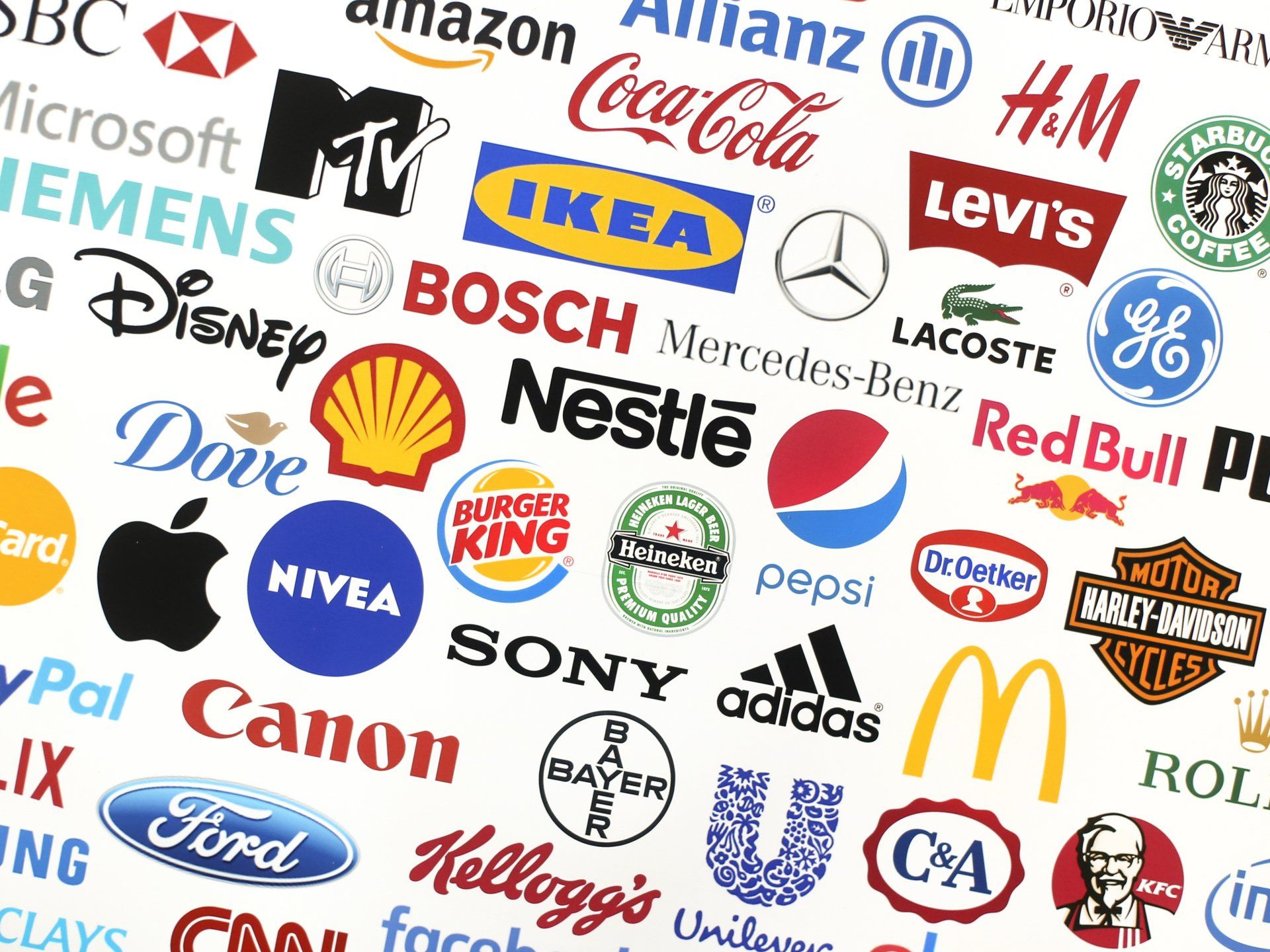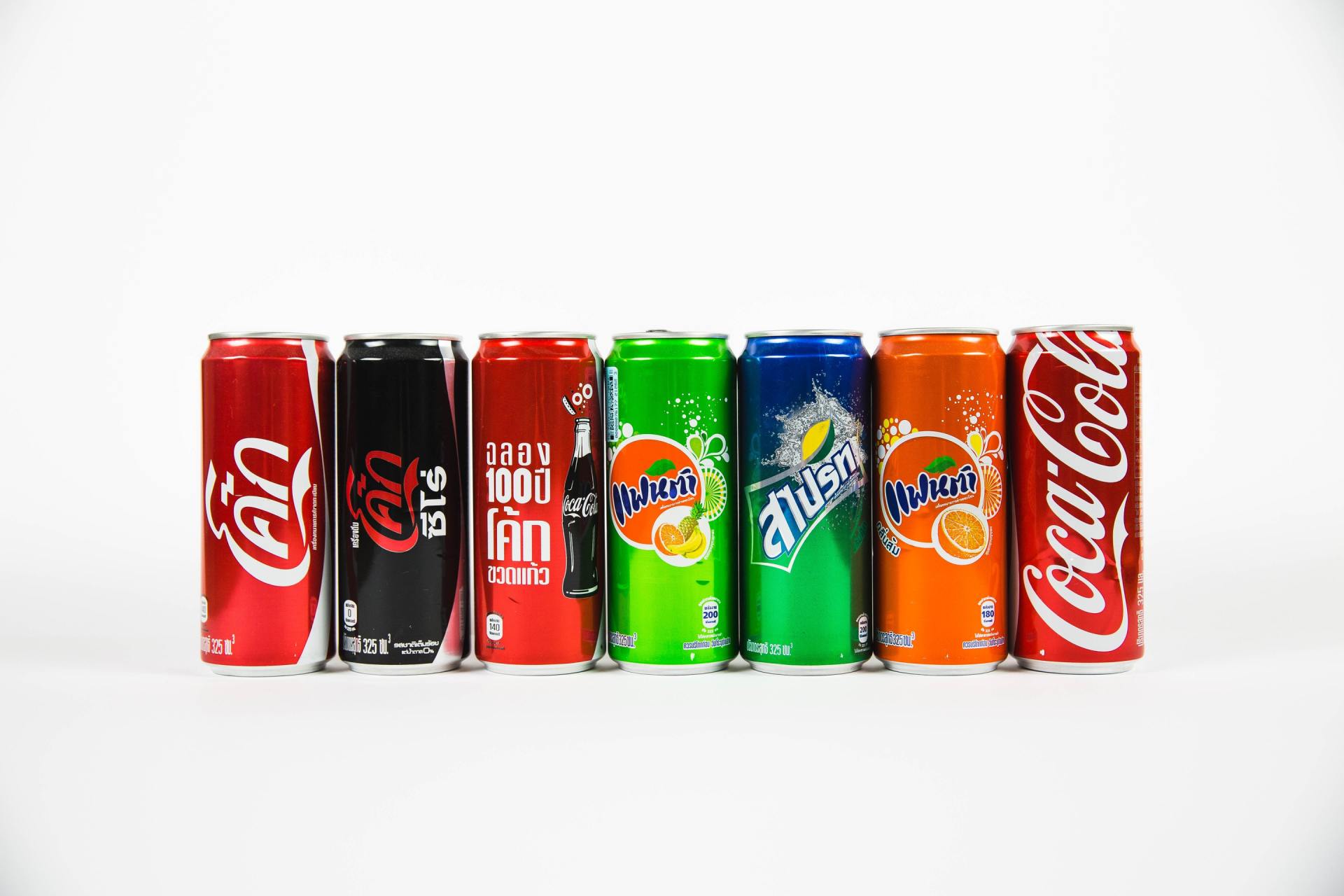Building your Brand and Customer Loyalty
The online
world is a competitive place. Unless your business is really niche, there will
be literally hundreds of companies selling very similar products and services
as you – and some of them will be right on your doorstep.
So how do you go
about getting your brand noticed and building customer loyalty?
So much of the advice you read online (and we advise it too) is about using pop-ups to prevent people leaving your site. Scroll down and there’s a special offer, navigate to another page and there’s a dialogue box asking if you would like any help. Without a doubt, these things can be helpful in building your brand and increasing sales.
But how many pop-ups are too many? How many times is a visitor going to have their screen obscured by a special offer, when all they really want is to just have a bit of time to read and digest the information?
So many businesses work in this way in their desperation to get consumers to notice their products and services. But they’re not actually thinking about what consumers want. This isn’t the only way to build a successful business online. Use pop-ups with caution, because there is a very fine line between helpful and annoying.
Is the intrusive customer experience the only way? Or can you convert visitors to customers without giving them a disruptive experience?
Think about your brand, your products and who you are hoping to target. If your target consumer is in the over 40s age bracket, they are almost certainly going to be irritated by such heavy-handed tactics.
What is your real aim?
When pondering this question, it is a good idea to take a step back and think about what you really want from your website. Do you actually want every single visitor to become a paying customer?
The likelihood is that you don’t. What many companies actually want is to build up a base of customers who are loyal to their brand and will come back again and again – and recommend it to their friends and family. And it takes more than a couple of pop-ups to achieve that.
So you need to focus on providing good value and a positive customer experience every step of the way, rather than making a sale immediately.
Building a long-term relationship
When you think about your own big purchases in recent years – from a car to a new smartphone or a sofa – you almost certainly didn’t buy it from the first website you clicked on after a quick Google search.
Generally, the more people intend to spend, the more work they are going to put into making sure that purchase is just right. So they will research a range of similar products from a number of different companies. They will compare pricing and read reviews. They will ask their friends and family for recommendations.
Final decisions are usually based on a number of factors. And one of the biggest factors is how a visitor feels about the company that manufactures or sells the product. Can they trust that company? Have they used them before? Does the company have a reputation for selling quality goods?
When we think about names we trust, like Marks & Spencer or Apple, we have built up a long-term relationship with that company and their products. We know what to expect from them and we feel confident they won’t let us down. Those values were built over a long period of time and they have been successful.
Your company isn’t as big as Marks & Spencer, but you can think along the same lines. You don’t need to sell your brand out for a few quid on a quick sale.
Your customers are intelligent
Your customers may appear to be ‘just’ data. Your analytics software can tell you a lot about them – where they are in the world, whether they are male or female, how old they are and what else they like to buy.
But that data misses the key point that these are intelligent human beings, capable of making their own choices. It is important not to underestimate their intelligence.
If you produce helpful content – from recipes and gardening tips to marketing advice or fashion tips – people will read it. They should be given all the time they need to read your copy, look at your images and videos and digest the information you are giving them. They don’t need to be interrupted by the offer of a free weekly newsletter. These tricks don’t make a good start to the customer journey.
Increase sales without compromising the experience
So how do you go about increasing your sales without compromising the experience for your users?
Essentially, it’s about taking a more gentle and thoughtful approach. Ask yourself what would actually be helpful to visitors and get a few trusted people to test your site thoroughly for you.
Live chat is a great tool for engaging with visitors.
They can ask questions about your product, your brand and your terms and conditions. With that information available, they are more likely to take the next step and make a purchase. As an added bonus, you can pick up valuable information about what works and doesn’t work for customers – and make changes to your site to improve the experience.
Make essential information easy to find.
When people buy from your site, it is very important for them to know things like delivery charges, delivery times and your refund policy before they make a purchase. So make sure this information is easy to access from every page and not buried someone on your website.
This is a good time to get someone to navigate their way around your site and see how easy it is to find essential information – even for technophobes who don’t use the internet all the time. Remember that not everyone is as savvy about the online world as you are.
Some people will want to sign up for regular updates from your brand, and some people won’t.
Make it easy for them to sign up, but don’t force it on them with pop-ups that block the page they are trying to read. For every new sign-up you get from these tactics, you will annoy someone else – and the people you are annoying are potential loyal customers.
If visitors are about to leave the site, that’s OK!
In fact, the vast majority of them won’t become customers on their first visit. So a discreet chat box to ask if they found what they were looking for is good. A splash that covers the whole screen telling visitors that they are letting you down by walking away is definitely not as good.
Automated emails are a reliable way to get visitors to return to your site. Everyone who has signed up for your updates or newsletter is either a customer or a potential customer. By signing up, they are certainly interested in your brand. But they don’t want to be bombarded by emails every day – or even twice a day, like some brands do.
Sending fewer emails can prove to be a far more effective strategy.
Your email becomes something of interest, rather than just more rubbish in someone’s inbox. The important thing is to personalise your emails and target them effectively. So if you’ve got a customer in their 50s who has only ever looked at ladies’ fashion on your site, there’s no point sending an email with special offers on childrenswear.
If you’ve always gone for the ‘more is more’ approach to targeting visitors to your site, it might feel strange to strip things back and cut down on the pop-ups and the endless emails. But give it a try! You might just find that it works for you in building your brand and increasing customer loyalty.
More Posts.







